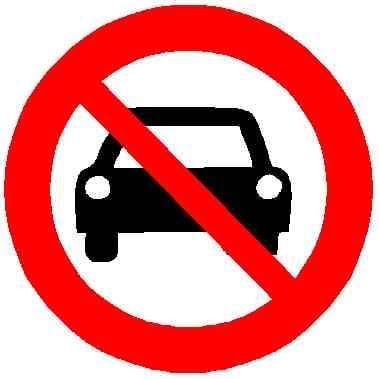A recent study of mode share (the % share of transportation trips by car, transit, walking, biking etc) relative to city size and income levels in almost 800 cities in 61 countries.
Data corresponding to 794 cities, with a combined population of almost 850 million people, is used to model the vast heterogeneities in the way people move in cities.
Some urban areas rely heavily on cars, with less than 10% of their journeys on alternative modes of transport (either walking, cycling or Public Transport), whilst in other cities, less than one in four journeys are by car. Among the 794 cities, 22.4% of the journeys are Active mobility, 26.2% are Public Transport, and 51.4% are by Car.
https://www.sciencedirect.com/science/article/pii/S0160412024001272


The European car numbers are so high that I’d guess the unit is the whole metropolitan area. Otherwise it sounds pretty bizarre that most cities would have car usage close to 75%
The data is all available in GitHub, one can relatively easily dig in to see where they got which numbers.
And they offer a bunch of visualisations too! Pretty cool study
https://citiesmoving.com/visualizations/
This is almost certainly the explanation. The majority of people who live and work in the inner boroughs of NYC walk or use transit, but cars do dominate in the outer boroughs where public transit reach isn’t as ubiquitous. When you’re in eastern Queens or most places on Staten Island it often doesn’t really feel like you’re “In NYC” but you are, that’s one downside of huge metro borders.
Yeah, I know that can be an issue with comparing across countries. I know in the US we tend to count the surroundomg suburbs in these metrics, while that is less common elsewhere.